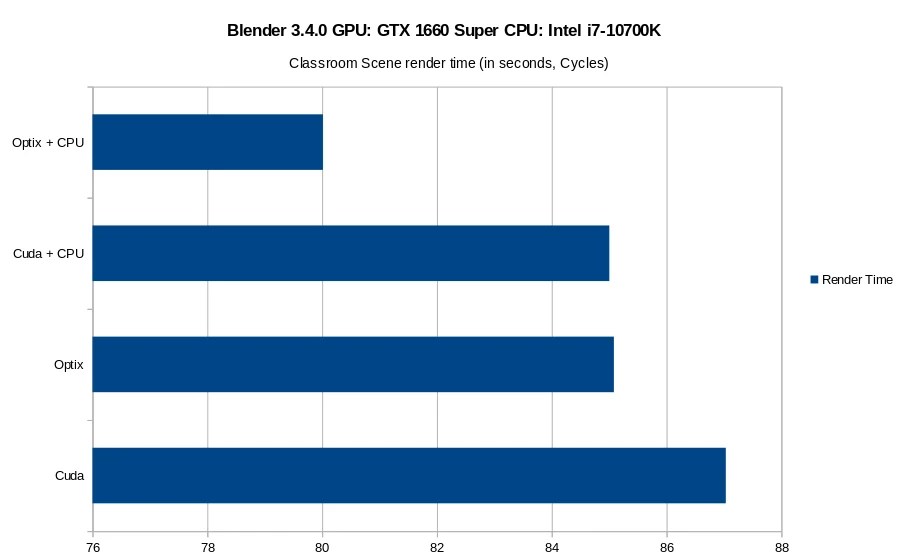Phoronix has done intial benchmarking of CPU only performance of Intel's new mobile APU & compared vs AMD's existing zen 4 APU
Big win for Intel: day-0 & day-1 availability unlike AMD that takes weeks or months to deliver
Intel also won PHP scripting
Win for AMD: Almost everything else
Those wanting to see all 370 benchmarks in full along with all of the per-test CPU power consumption numbers for this head-to-head comparison can do so via this OpenBenchmarking.org result page.
https://www.phoronix.com/review/intel-core-ultra-7-155h-linux/12
Big win for Intel: day-0 & day-1 availability unlike AMD that takes weeks or months to deliver
Intel also won PHP scripting
Win for AMD: Almost everything else
Those wanting to see all 370 benchmarks in full along with all of the per-test CPU power consumption numbers for this head-to-head comparison can do so via this OpenBenchmarking.org result page.
https://www.phoronix.com/review/intel-core-ultra-7-155h-linux/12
![[H]ard|Forum](/styles/hardforum/xenforo/logo_dark.png)
